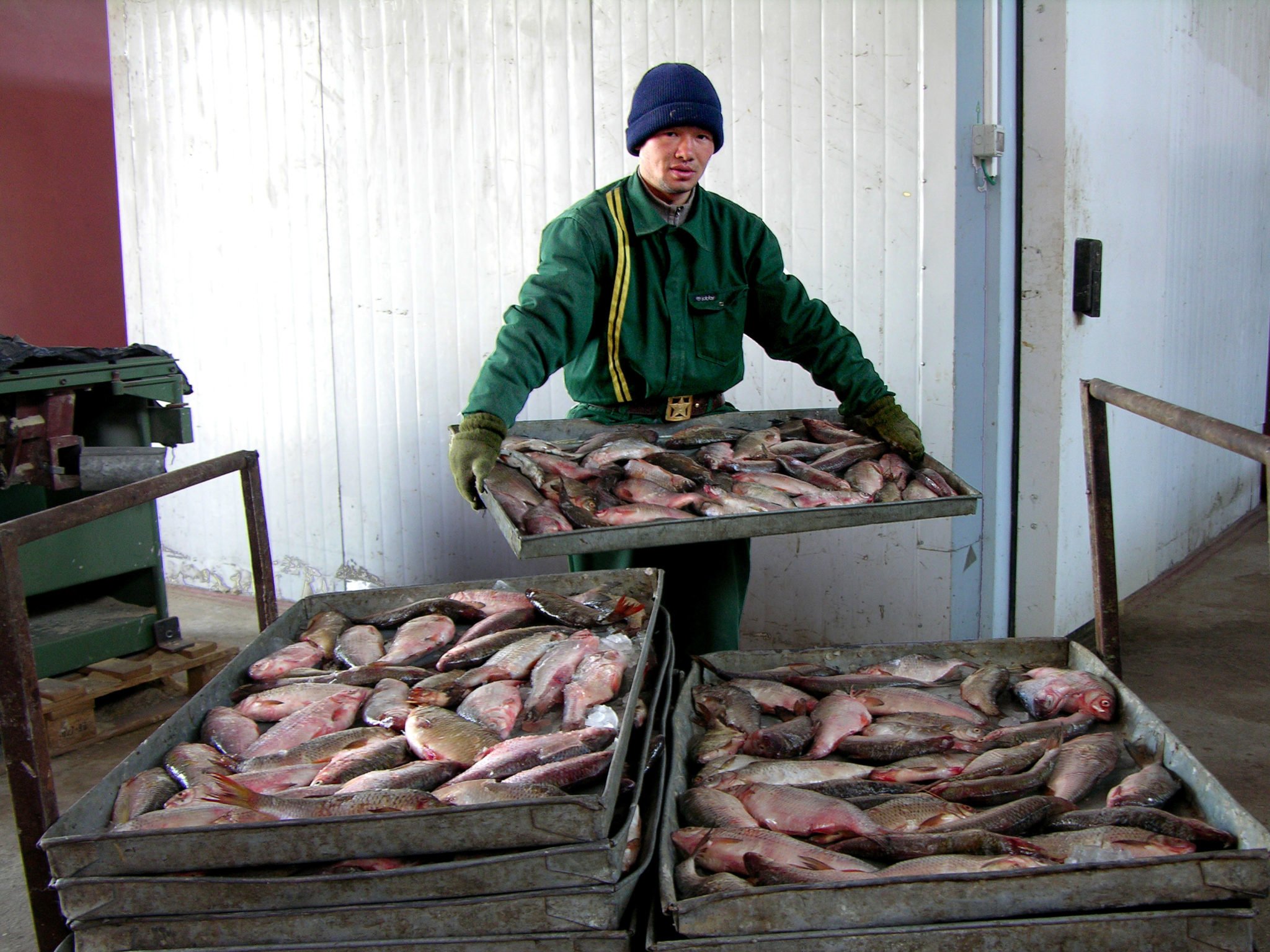Central Asian nations must supersede historic economic ties with Russia both by fostering employment and investment links elsewhere, and by generating a meaningful internal economy.

The economies of Uzbekistan, Tajikistan, and Kyrgyzstan are heavily dependent on remittances from migrant labourers in Russia. Tajikistan is the most remittance-dependent country in the world, with four in ten adult males seeking employment abroad. The increased movement of people across post-Soviet Eurasia echoes the historical connectivity and cross-cultural interactions within the region. These young workers have found employment in low-income jobs industries such as construction sites and natural resource extraction.
According to the World Bank, remittance inflows in Tajikistan represented 42% of the country’s GDP in 2014. At an individual level, remittances support the daily subsistence of poor families, and act as a medium for domestic consumption. In turn, this improves the balance of payments by providing governments with tax from goods purchased through remittances. However, remittances to Central Asia have begun to diminish.
| Country | 2015 | 2016 |
| Uzbekistan | $3 billion | $2.74 billion |
| Tajikistan | $2.2 billion | $1.9 billion |
| Kyrgyzstan | $1.5 billion | $1.7 billion |
Remittances from Russia to Central Asia, www.eurasianet.org
The above figures demonstrate the decline of remittances from Russia to Central Asia. This fall is linked to developments in the global economy. The global plunge in oil prices has caused a slump in the Russian economy, triggering a recession.
“Migrant workers from Tajikistan and Uzbekistan face tougher immigration laws as the two countries do not belong to the Eurasian Economic Union”
Western sanctions imposed after Moscow’s annexation of Crimea has further compounded the economic crisis. These two developments have resulted in a devaluation of the Rouble and thus the value in dollars of remittances. The weakness of the rouble has resulted in the falling of real wages in Russia. Economic deterioration in Russia has, in turn, lowered demand for Central Asia labour, forcing migrant workers to return home. Moreover, migrant workers from Tajikistan and Uzbekistan face tougher immigration laws as the two countries do not belong to the Eurasian Economic Union. This phenomenon has also affected migrant workers from the Caucasus. It will be interesting to see if the lack of employment opportunities in Russia precipitates a flow of migration to other countries in Europe or Asia.
Beyond Russia’s economic travails, a remittance-dependant economy signals low levels of investment (and thus a lack of productive non-primary jobs), declining terms of trade, and persistent vulnerability to the vicissitudes of the global economic climate. Moreover, the iterative waves of emigration serve to undermine the fragile national consciousness in nascent democracies and cause a variety of social fractures as a consequence of widespread absenteeism. Hence there is a need both to move away from Russian dependence, and the remittance economy itself.
“Increased foreign direct investment (FDI) from China and Turkey highlight the geopolitical shifts occurring in the region.”
The structural over-reliance on remittances have created an economic dilemma for Central Asian governments. Lower remittances have engendered a fall in economic growth as the purchasing power of citizens diminish. Taking into account the excessive debt affecting these countries, governments are forced to increase spending, thereby exacerbating fiscal deficits.
However, the combination of established migrant communities from Central Asia in Russia and the ease of assimilation via a shared language act as recalcitrant barriers to swift transitions in the nature of Central Asian remittance economies.
Clearly, these countries must seek alternative solutions and diversify their economies. Increased foreign direct investment (FDI) from China and Turkey highlight the geopolitical shifts occurring in the region. Increased investment in infrastructure will reduce the dependency on remittances and stimulate the employment market in a region that offers cheaper labour than its neighbours. The pursuit of alternative currency inflows signals a region willing to adapt and evolve to changes in the global economy.
China is currently the largest investor in the region. Its Silk Road Economic Belt (SREB), established in 2013, offers an alternative to economic strategies oriented towards Russia. Likewise, the Beijing-led Asian Infrastructure Investment Bank represents a novel source of funding for economic development and infrastructure-building in Central Asian states. As Central Asia re-orients itself in the global economy, it is faced by a plethora of opportunities, challenges, and potential traps. Will leaders look beyond Moscow and seek friendship elsewhere?
